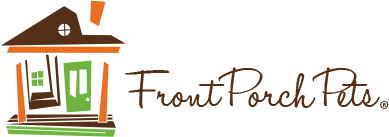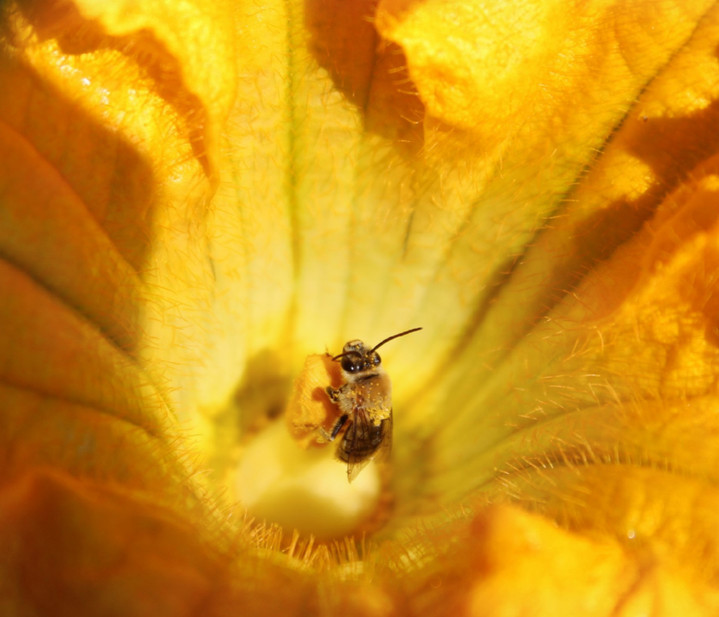I don’t know about you, but this recent heat wave has given me new life! Spring has finally sprung, and it is the perfect opportunity to get outside and give your yard and garden a much-needed clean-up. After the long winter months, there's a lot of debris and clutter that needs to be cleared out to prepare for the growing season. But as you're getting your hands dirty, it's important to remember that you're not the only one who benefits from this annual ritual. Bees also depend on the springtime clean-up to provide them with the first foods they need to start the season off right.
Getting Your Yard Ready:
Before we dive into the first foods for bees, let's start with the basics. Grounds clean-up is an important part of preparing your yard for spring planting. Here are a few tips to help you get started:
- Clear away debris: Remove any leaves, twigs, and other debris accumulated over the winter. Please note that grounds cleanup should not take place until temps are steadily and consistently above 50 degrees. According to Conservation Minnesota, 60-70% of bees nest in the ground. Clearing too soon means throwing away beneficial insect larvae as well as bees that may still be wintering in the ground leaves. Our farm coordinator, Vanessa, actually piles her leaves onto her garden for the winter and then, come spring, plants right into them, using the leaves as a natural mulch.
- Soil preparation: Prepare your soil for planting by adding compost and other organic matter. This will help ensure that your plants and flowers get the nutrients they need to grow healthy and strong.
First Foods for Bees:
Now that you've got your grounds cleaned up, it's time to turn your attention to the bees. Spring is a critical time for bees, as they emerge from their hives and start foraging for food. Providing them with the right kind of food is essential to their survival. Here are a few ideas for the first foods for bees:
- Dandelions: Although they're often considered a nuisance, dandelions are a critical food source for bees in the spring. They're one of the first flowers to bloom and their bright yellow petals provide a rich source of nectar.
- Fruit trees: Fruit trees such as apple, cherry, and peach provide a great source of nectar and pollen for bees. They're also a beautiful addition to your farm or yard and provide tasty fruit for you and your family to enjoy.
- Clover: Clover is a great plant to have in your yard because it's easy to grow and provides a long-lasting source of food for bees. It also improves soil health and attracts other beneficial insects like ladybugs and butterflies.
- Pussy Willows: We planted tons of pussy willows here at Front Porch Pets and our bees have already been harvesting pollen from them.
- Maple: Maple Trees are an excellent early source of nectar and pollen. Bees also love their sap!
Supporting Bees all Season Long:
In addition to providing first foods for bees, there are a few other things you can do to support them all year round:
- Plant a variety of flowers: Bees need a variety of blooms throughout the season to stay healthy and strong. Plant a mix of annuals and perennials to provide a steady source of food.
- Avoid pesticides: Pesticides are extremely harmful to bees and other wildlife. Instead, opt for natural pest control methods like companion planting, crop rotation, and beneficial insects. Also, remember to choose plants and flowers that have not been grown using pesticides as well.
- Provide a water source: Bees get thirsty too! Consider creating some safe bee-watering stations around your yard. Place a shallow bowl or dish and fill it with decorative rocks or marbles so that the bees have a place to stand while they’re drinking (Bees can’t swim!).
- Put up bee houses: Bee houses attract Solitary Bees (also great pollinators). You can easily find bee houses at your local home/garden store or even make one yourself!
- Create a “Bee Lawn”: I found this amazing article by the University of Minnesota on how to create and maintain your own Bee Lawn.
Spring time grounds clean-up and providing first foods for bees go hand-in-hand. By taking care of your yard and providing a variety of blooms for bees, you'll create a healthy and thriving ecosystem that benefits everyone. So, roll up your sleeves, get outside, and start making a difference!

